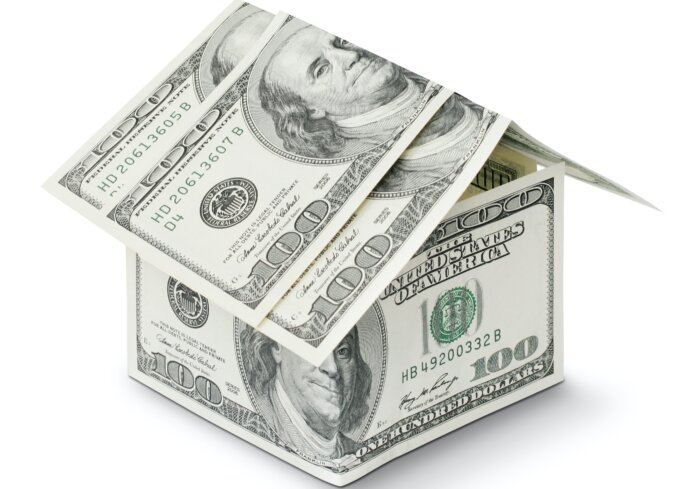For the past three decades, the principal and interest (P&I) payment needed to purchase a median-priced home averaged at around 25% of the median household income.
But during the past two years, rising mortgage interest rates and home prices have eroded affordability to the point where it now takes 40.6% of the median household income to cover monthly P&I payments, according to recent research from ICE Mortgage Technology.
According to the firm’s Mortgage Monitor report, the average monthly P&I payment increased by an additional $144 per month over the past 30 days to reach more than $2,500 for the first time.
We are currently in the least affordable housing market since 1984, ICE says in the report.
As a result, purchase-mortgage applications fell to 47% below pre-pandemic levels the week of Oct. 26 – the weakest they’ve been since rates began to rise.
Further, annual home price growth continued to accelerate to in September, though the monthly gain was the weakest since January.
Andy Walden, vice president of enterprise research for ICE, says the affordability situation could get even worse before 2023 is over.
“For all but a single day, interest rates spent the entire month of October above 7.5 percent, topping out at 7.80 percent on Oct. 25, according to our ICE U.S. Conforming 30-Year Fixed Mortgage Rate Lock Index,” Walden says in the report. “Mortgage rates haven’t been that high in 23 years, which continues to hammer affordability. The situation was already dire, but recent weeks have seen rates climb to where it now takes nearly 41 percent of the median monthly income just to make the P&I payment needed to purchase the median-priced home.”
Walden notes that the record-high payment “doesn’t include [local property] taxes, insurance or any HOA fees that may be part of the homeowner’s monthly expenses.”
“The last time affordability was this bad in the 80s, rates were in the double digits and the average home was about 3.5 times median income, in stark contrast to today’s price-to-income ratio of nearly 6-to-1,” Walden says.
Photo: Kostiantyn Li











